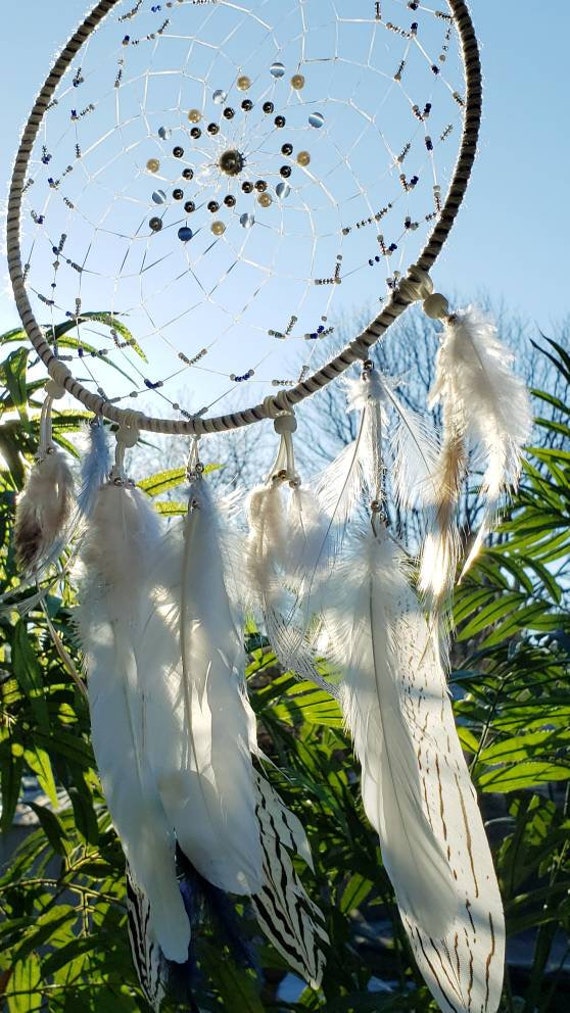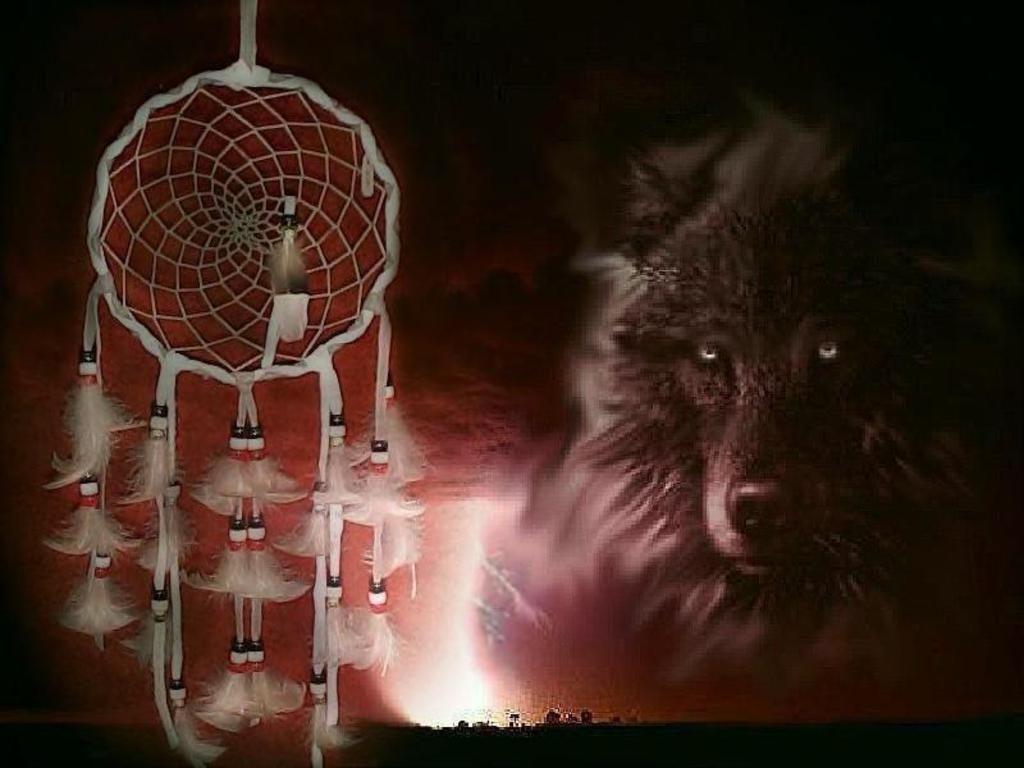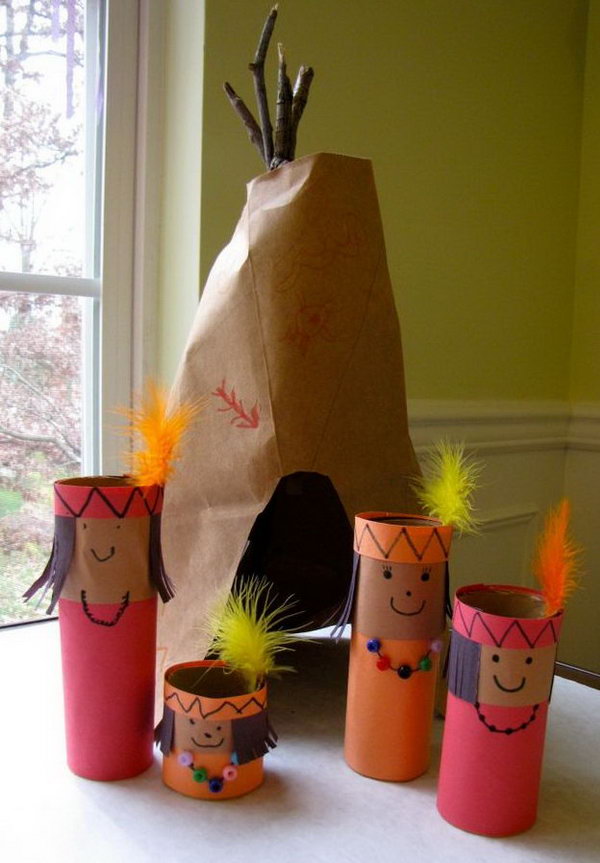tralcamecedlasae.netlify.com
Native Dream Catcher
- Natural green dreamcatcher. Traditional small dream catcher inspired by authentic Native american dream catchers.
- In many Native American tribes, a dream catcher is a handmade willow hoop woven to a web or literally, a net. They can include feathers and beads, and they're traditionally suspended on cradles as a form of armor and protection. Dream catchers can be traced back to the Ojibwes.
Dream interpretation has directly influenced Native American cultural and spiritual beliefs for centuries. American Indians believe dreams influence the conscious soul of the dreamer, oftentimes acting as a means for change in personality traits such as confidence, maturity, kindness, and loyalty. Best Selling Dream Catchers.
by K Shabi PUBLISHED 14 July 2016
What is the true meaning and history behind the Native American dreamcatcher? Where do dreamcatchers really come from? You've probably seen a dream catcher hanging from a tree, a porch or even in a souvenir gift shop and wondered about its purpose and meaning. Read on to learn more about the story, legend, and origins of authentic Native American dream catchers.
Authentic Native American Dream Catchers
Originally created by American Indians, dreamcatchers today come in a variety of different sizes and styles. They usually consist of a small wooden hoop covered in a net or web of natural fibers, with meaningful sacred items like feathers and beads attached, hanging down from the bottom of the hoop. Real authentic, traditional dream catchers are handmade and crafted only from all natural materials, in size measuring just a few small inches across. The hoop is traditionally constructed from a bent Red Willow branch covered in stretched sinews. Wrapping the frame in leather is another common finishing touch among 'real' dream catchers.
History of the Dreamcatcher: Ojibwe or Lakota Origins?
Today the dreamcatcher is associated with Native American culture in general, but dream catchers are often believed to have originated from the Ojibwa Chippewa tribe in particular. The Lakota tribe also has its own legend about the origins of the dreamcatcher, but most ethnographers believe the dreamcatchers were passed down from the Ojibwe through intermarriage and trade. The Ojibwe word for dreamcatcher asabikeshiinh actually means 'spider,' referring to the woven web loosely covering the hoop. The patterns of the dream catcher web are similar to the webbing these Native Americans also used for making snowshoes.
Ojibwa Legend: The story of the Dream catcher
Ancient legends about the history and origin of the dreamcatcher exist among several Native American tribes, but are most common and seem to originate among the Ojibwe and Lakota nations. While many cultures consider spiders to be creepy crawlers, the Ojibwe people saw them in a different light, as symbols of protection and comfort. According to an old Ojibwa legend, a mystical and maternal 'Spider Woman' once served as the spiritual protector for her tribe, especially in concern to young children, kids and babies. As the Ojibwe people flourished and spread out across the land, it was difficult for The Spider Woman to continue to protect and watch over all the members of the tribe as they migrated farther and farther away. This is why she created the first dreamcatcher. Following her example, over the course of generations mothers and grandmothers continued to ritualistically recreate the maternal keepsake as a means of mystically protecting their children and families even from a distance.
What do dream catchers do? Purpose & Meaning of the Dream Catcher
Sometimes referred to as 'Sacred Hoops,' Ojibwe dreamcatchers were traditionally used as talismans to protect sleeping people, usually children, from bad dreams and nightmares. This Native American tribe believes that the night air is filled with dreams, both good and bad. When hung above the bed in a place where the morning sunlight can hit it, the dream catcher attracts and catches all sorts of dreams and thoughts into its webs. Good dreams pass through and gently slide down the feathers to comfort the sleeper below. Bad dreams, however, are caught up in its protective net and destroyed, burned up in the light of day.
Dream Catcher Meaning: Web, Feathers & Beads
All parts of the authentic Native American dreamcatcher have meaning tied to the natural world. The shape of the dreamcatcher is a circle because it represents the circle of life and how forces like the sun and moon travel each day and night across the sky. The dream catcher web catches the bad dreams during the night and dispose of them when the day comes. As for the good dreams, the feathers act as a fluffy, pillow-like ladder that allows them to gently descend upon the sleeping person undisturbed. There is some contention when it comes to the meaning of the beads that often decorate the dreamcatcher. According to some American Indians, the beads symbolize the spider—the web weaver itself. Others believe the beads symbolize the good dreams that could not pass through the web, immortalized in the form of sacred charms.
Dreamcatcher Meaning Today: Authentic Symbol or Cultural Appropriation?
Though dreamcatchers are quite common, finding real authentic dreamcatchers is not that easy today. Real handmade dream catchers are usually small in size and feature sacred charms like feathers and beads. Many dreamcatchers for sale today, however, are much more American than Native American, often oversized and constructed from cheap plastic materials. Many Native Americans still consider the dreamcatcher to be a long-standing cultural symbol of unity and identification among the many Indian Nations and First Nations cultures. Sadly, many other Native Americans have come to see dream catchers as just another cultural appropriation, over-commercialized and at times offensively misappropriated and misused by non-Natives.

filed under: culture, symbol
A dream catcher is pretty self-explanatory, right? Yep, you’d be correct in thinking that dream catchers are made to snatch away bad dreams… but there’s so much more to them than that.
These beautiful Native American talismans have a rich history, steeped in tradition. They’re not just eye-catching displays in cheap gift stores!
Anyone who has a dream catcher or wants to buy one should read this article first. You need to know the true meaning of dream catchers to respect and admire the culture behind them.
What is a Dream Catcher?
Just in case you’re really clueless, a dream catcher is a small round talisman that’s hung by your bed to capture bad dreams and/or deliver good dreams and thoughts while you sleep.
Traditional, authentic dream catchers were made from wooden hoops, with thread webbing, handmade beads, leather, and feathers. Organic, natural materials are essential. They would be a few inches wide at most, and certainly wouldn’t be the bright, colorful and over-the-top dream catchers you find in cheap holiday gift shops.
The huge, plastic dream catchers with vividly bright faux feathers are a commercialized version of the original Native American dream catcher – more on why you shouldn’t buy these below.
How the traditional dreamcatcher works varies slightly from one legend to another, but the meaning is always similar: to catch harmful thoughts or bad dreams and keep you safe with good dreams and positive thoughts while you sleep. Dream catchers were originally made for very small children and babies, so they could be hung just above their cribs.
Over the decades, dream catchers have taken on new meanings – some with respect for the traditions, others without – and become symbols for various movements, such as the non-violent Pan-Indianism Movement.
The Beautiful Legends Behind Dream Catchers
Various Native American cultures have dream catchers, or a version of them, woven into their traditions. But it is the Ojibwe culture (indigenous people originally from northern midwestern USA and Canada) that the majority of historians agree the dream catcher originated from.
The legend focuses on Asibikaashi, the spider woman. She was the spiritual protector of the Ojibwe people, protecting the children from harm.
As their people spread further across the land, Asibikaashi found it harder to protect everyone from far away. So, the dream catcher was created.
The web within the willow hoop, like a spider’s web, would catch any bad thoughts or spirits lingering around – not specifically for bad dreams.
From here, the legend branches out with different meanings and stories depending on who’s telling the history of dream catchers.
Many believe that the dreamcatcher will catch bad dreams in the web, while good dreams filter through the hole, gem or bead in the center. When the first rays of the sun touch the dreamcatcher in the morning, those trapped bad dreams are destroyed.
Lakota Legends

Similarly to Ojibwe, the Lakota legends about dreamcatchers begin with a spiritual being associated with spiders. Iktomi created the dreamcatcher to catch good ideas on the web so they won’t be lost, but let bad ideas filter through the central hole and simply pass by their people unharmed.
Native Dream Catchers For Sale
The dreamcatcher itself is also a symbol – the perfectly round hoop is a symbol of the circle of life, the sun, and the moon. The soft, downy feathers (often owl feathers) are the ladders that good dreams float down into your mind.
Furthermore, the number of points where the webbed thread touches the inside of the hoop is symbolic. 13 points represent the phases of the moon, 8 for the spider woman’s legs, 7 for the prophesies, 6 for the eagle, and 5 for a star.

Sacred beads and tokens can also be added amongst the feathers.
Finally, the gems or stones in the dreamcatcher can represent good dreams or, if there’s a single stone, represent the creator of the world.
Why Understanding the Symbolism and History of Dream Catchers is Important
Native Dream Catcher B-day Cards
Dreamcatchers are closely tied to heart-warming and noble legends of Native Americans – so is it right for people around the world to buy dreamcatchers on a whim or simply because they’re “pretty”?
The dreamcatcher should be a symbol of unity among Native American communities, not an over-commercialized and misused plastic decoration, made in China, and eventually forgotten in a landfill site.
This is where cultural appropriation comes in. It is controversial, and frankly offensive in our opinion, to adopt a piece of tradition from one culture without even trying to understand and respect the origins and meaning behind it.
Cultural appreciation, on the other hand, should be commended. Owning a dreamcatcher, understanding and respecting the meaning behind it, and supporting the Native American people is to be commended.
That’s why we recommend you buy dreamcatchers from traditional Native American craftspeople – you’ll find them for sale in Indian territory across the US and Canada, just look for tribal giftshops or attend Native Indian events to learn more about the culture as well.
For online resources to buy authentic dreamcatchers from, check out this list from Native Languages.
Gifting dreamcatchers to newly born babies and young children is a beautiful way to honor the original dream catcher meaning and respect the legends behind them by passing down the story from one generation to the next.
Summary – Dream Catcher Meaning
If you’ve been looking for a scientific explanation of how dreamcatchers work, you’re going to be disappointed. Dream catchers are stunning talismans with a beautiful history and meaning behind them.
The simple act of respecting and honoring the tradition of your dreamcatcher as you hang it above your bed is sure to leave you with a smile on your face and good dreams in your mind!
If you want to buy a dream catcher, you can check the best seller from Amazon, Walmart and even Aliexpress (very cheap)
Just remember to:
- Learn about the dreamcatcher you’re buying, and the symbolism behind it.
- Respect and appreciate the culture that brought you the dream catcher.
- Buy traditional, hand-crafted dreamcatchers from Native American craftspeople.